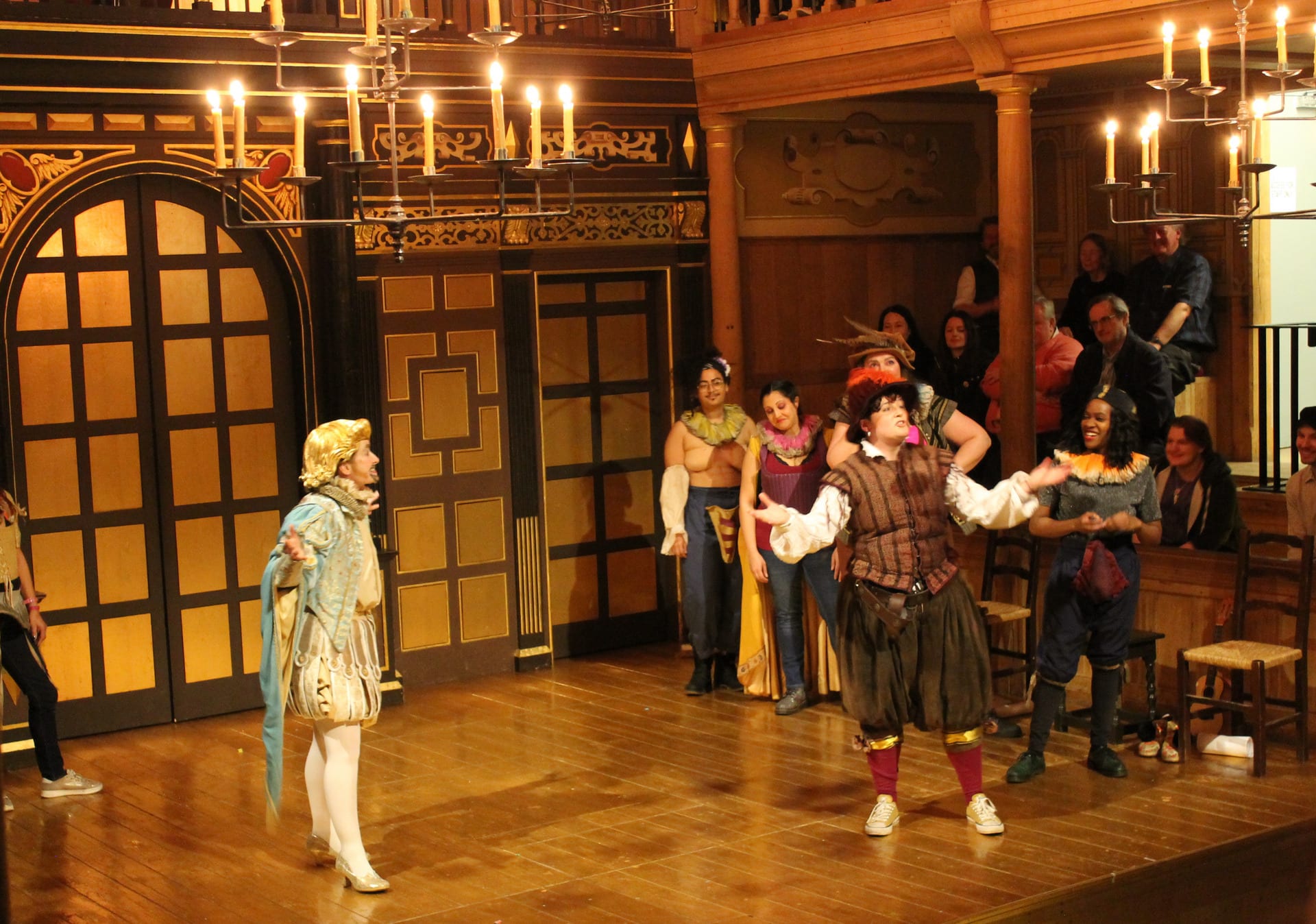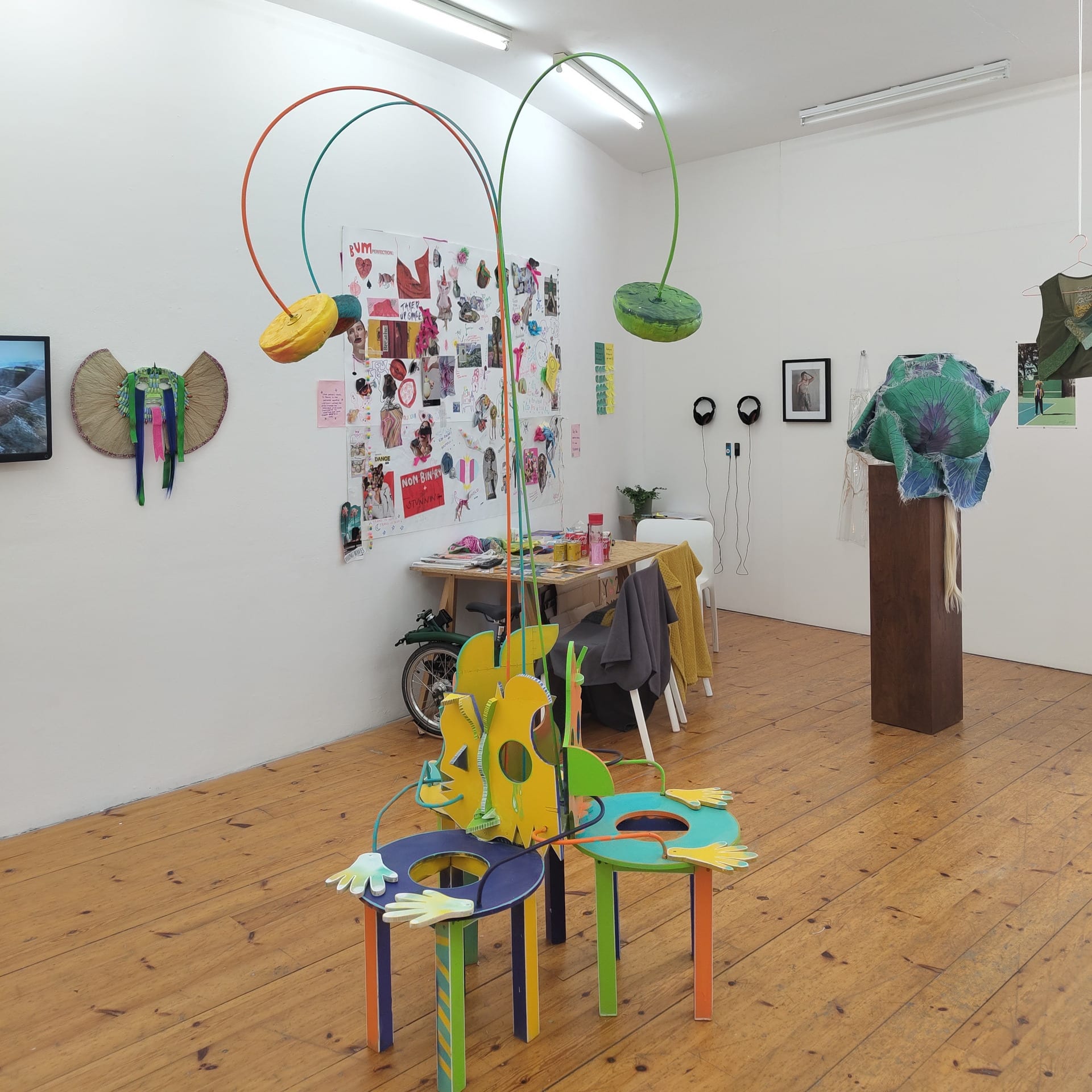Last year Cas graduated from the Courtauld Institute of Art’s History of Art BA, receiving the Dean’s Prize for Overall Performance. Their research there included a reappraisal of the trans resonance of an ancient Mesopotamian deity featured in a sculpture called The Burney Relief that is now kept in the British Museum. Their dissertation was on queer exhibitions produced by a Vietnamese artist-curator called Nhung Đinh, and they presented this research at the Association for Art History's annual conference in Spring 2023.
Cas also worked with Nhung when she was one of the featured artists of a queer ecology group exhibition that they curated at IMT Gallery last Summer, They/Them/Their: Naturally Not Binary. While they were at the Courtauld, they also curated exhibitions at Ugly Duck (such as Crafting Ourselves, Winter 2022) and Grand Junction (such as Building Grand Junction, Autumn 2020). Additionally, they presented my research at venues such as the National Gallery of Ireland and the National Maritime Museum.
This academic year, Cas ran the Royal College of Art's Queer Society, producing a range of events such as panels with guest speakers like Professor Richard Sandell and drag performers Cyro and George the Dragon. Cas’s Queer Society won the RCA Students' Union Society of the Year, particularly for their event Black Queer Artists in Conversation. They are now producing an exhibition of intersectional feminist commodities entitled Do You Buy This?, co-curated with three of their fellow History of Design MA students. This show is funded by the V&A, RCA and the Design History Society, and it will be hosted by Ugly Duck in August 2023.









